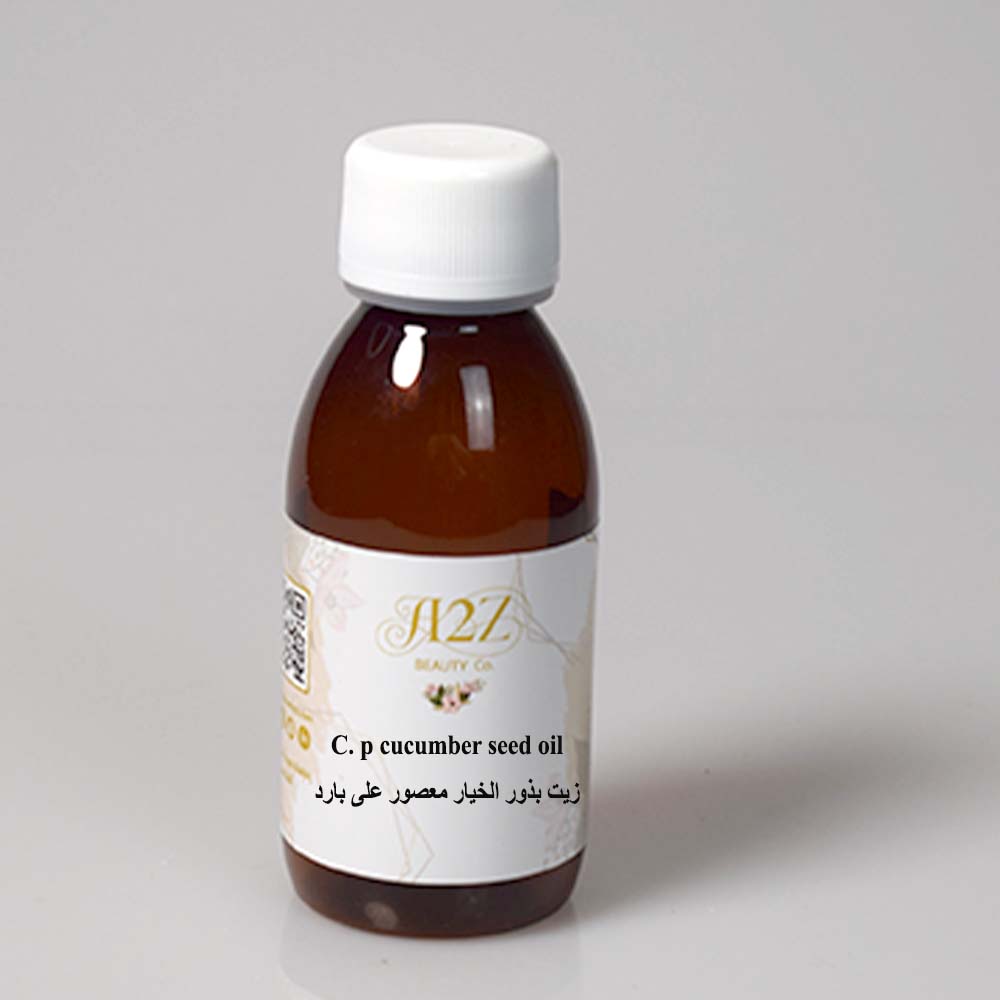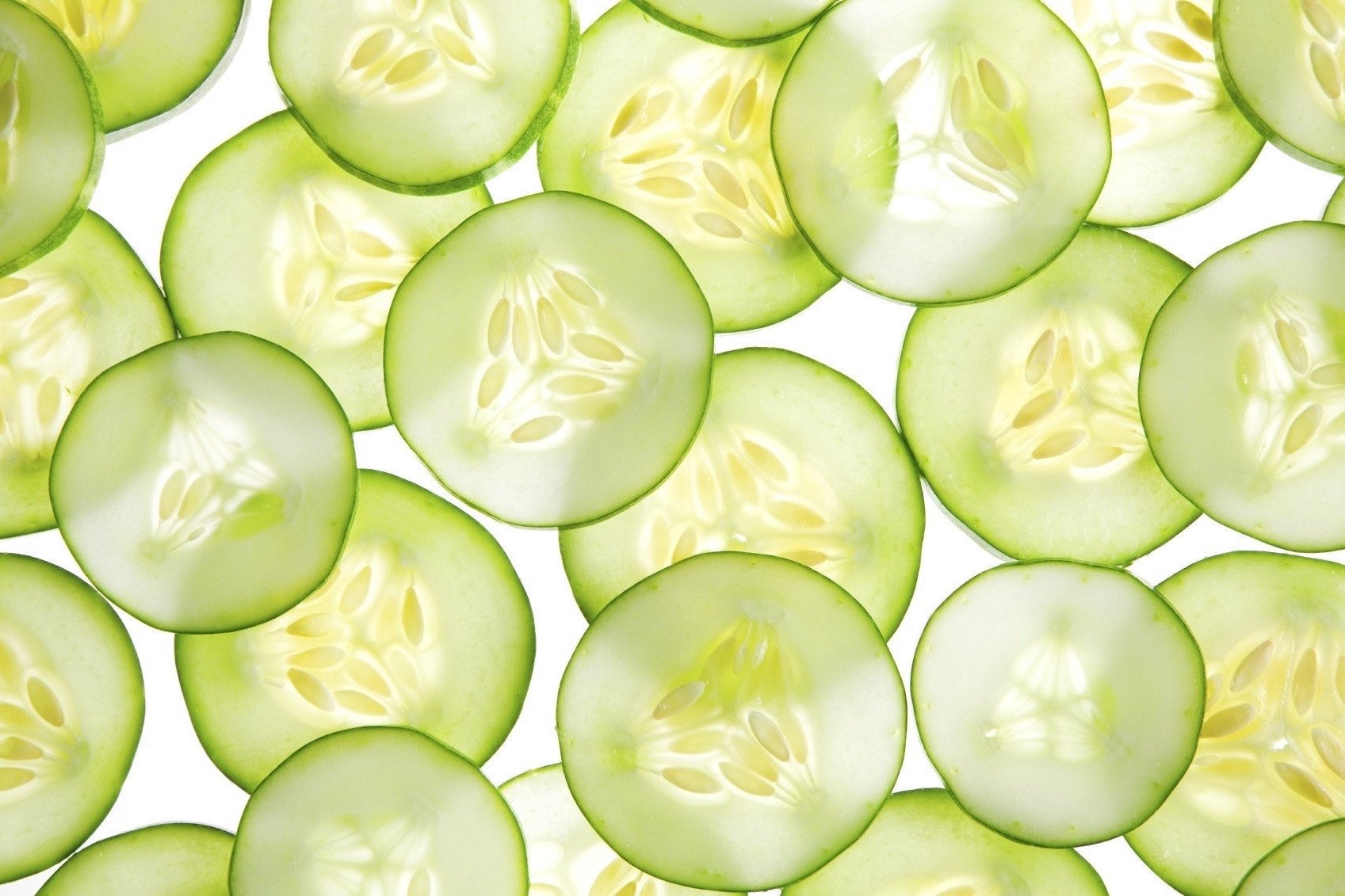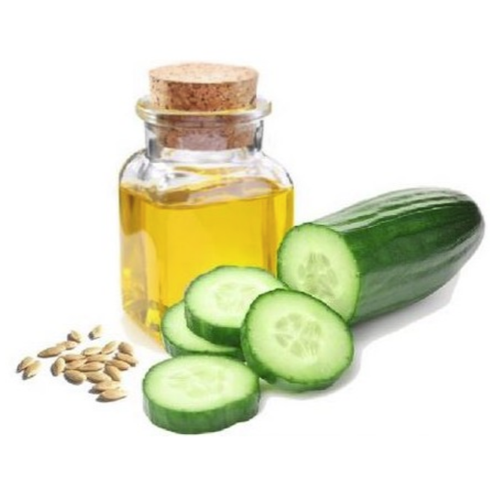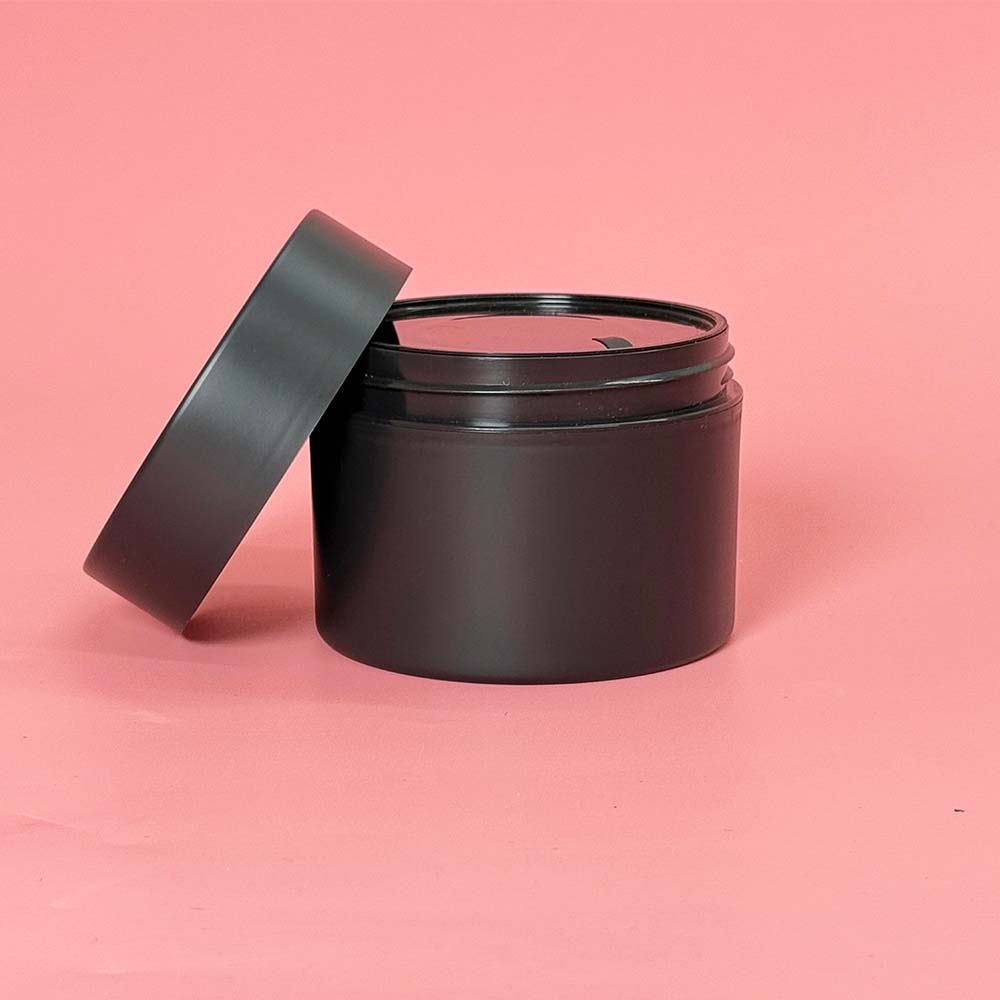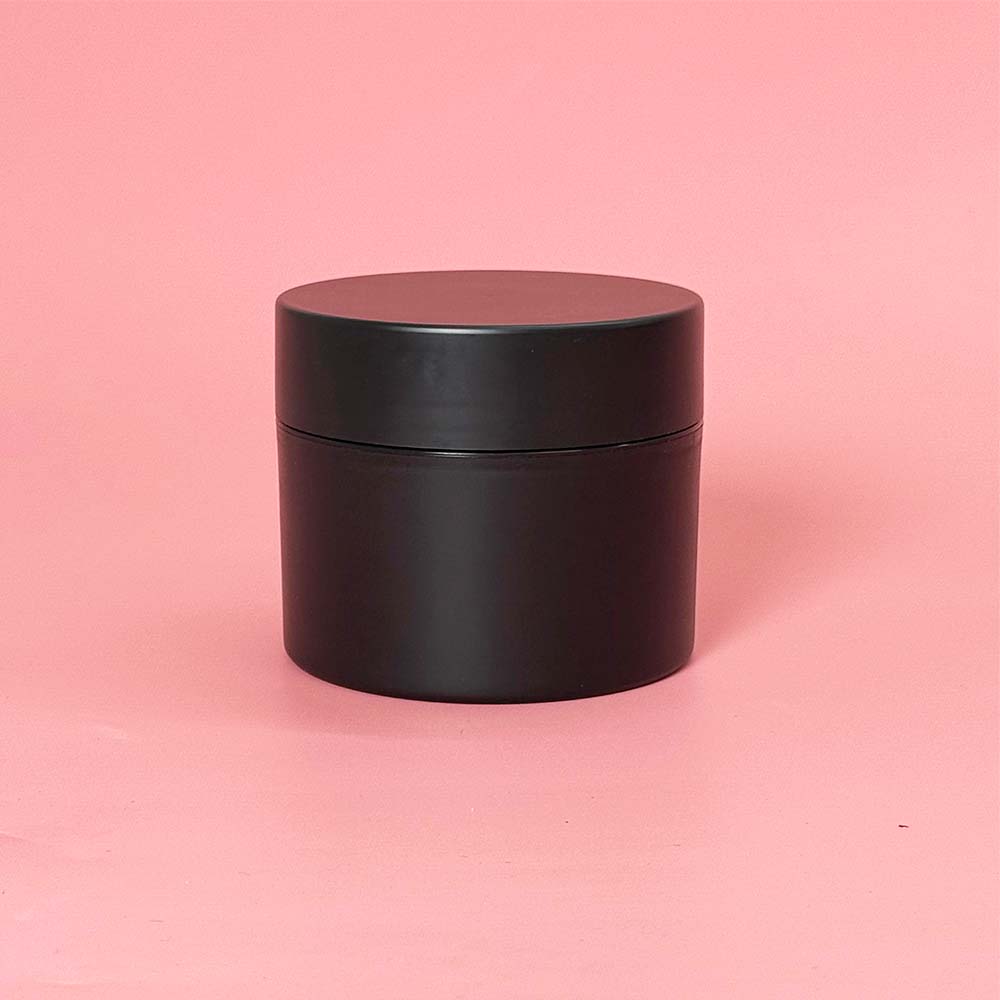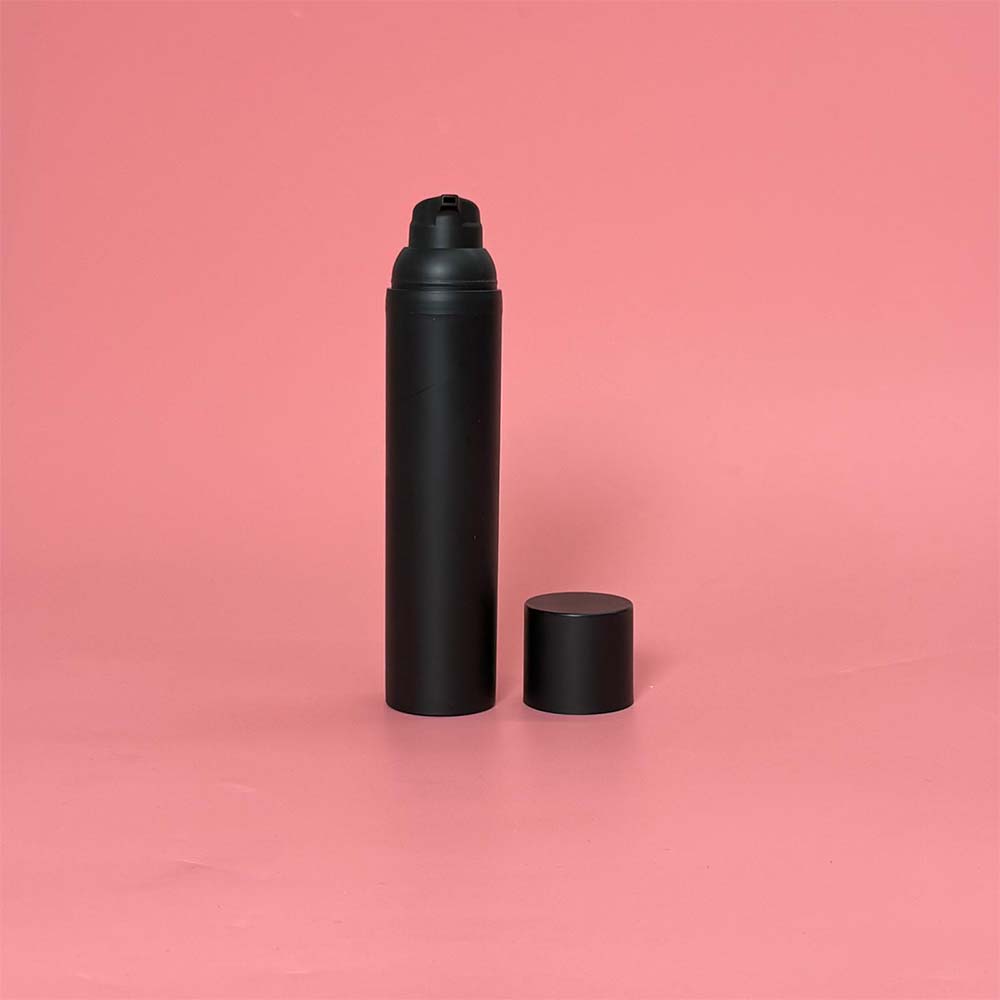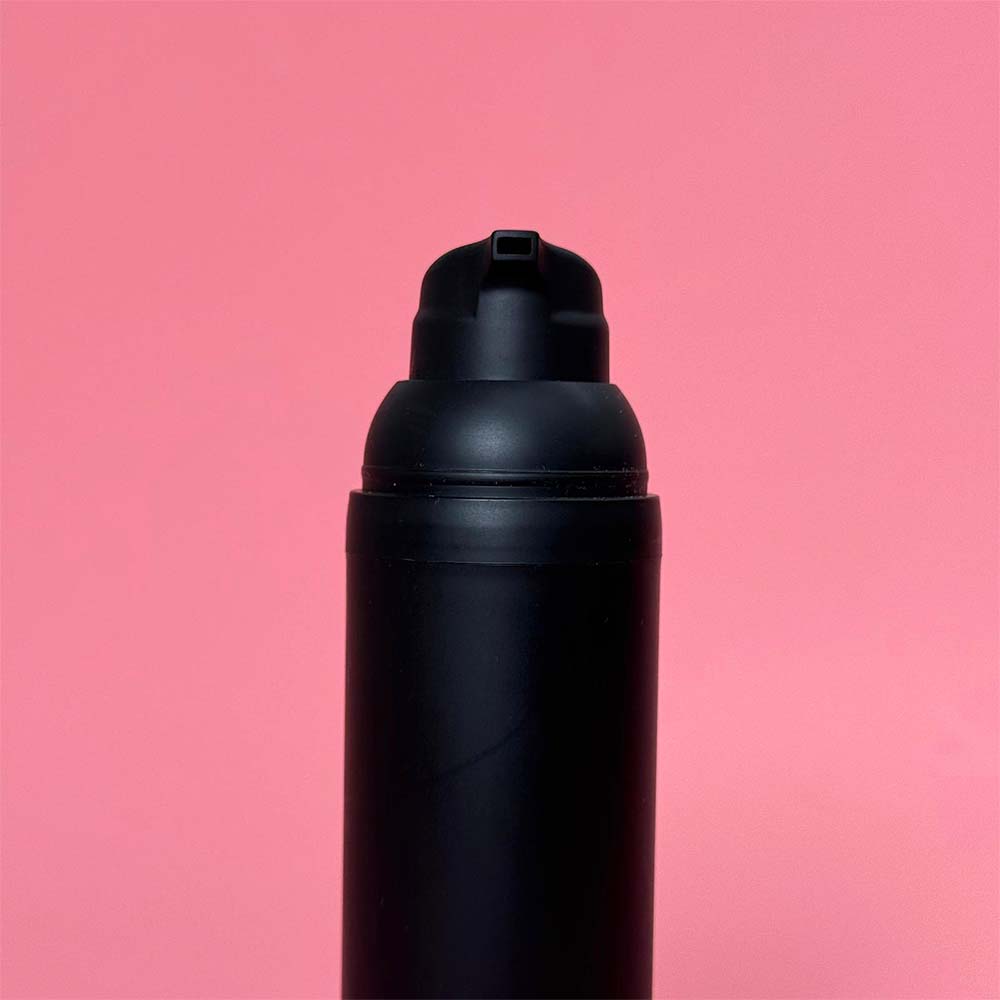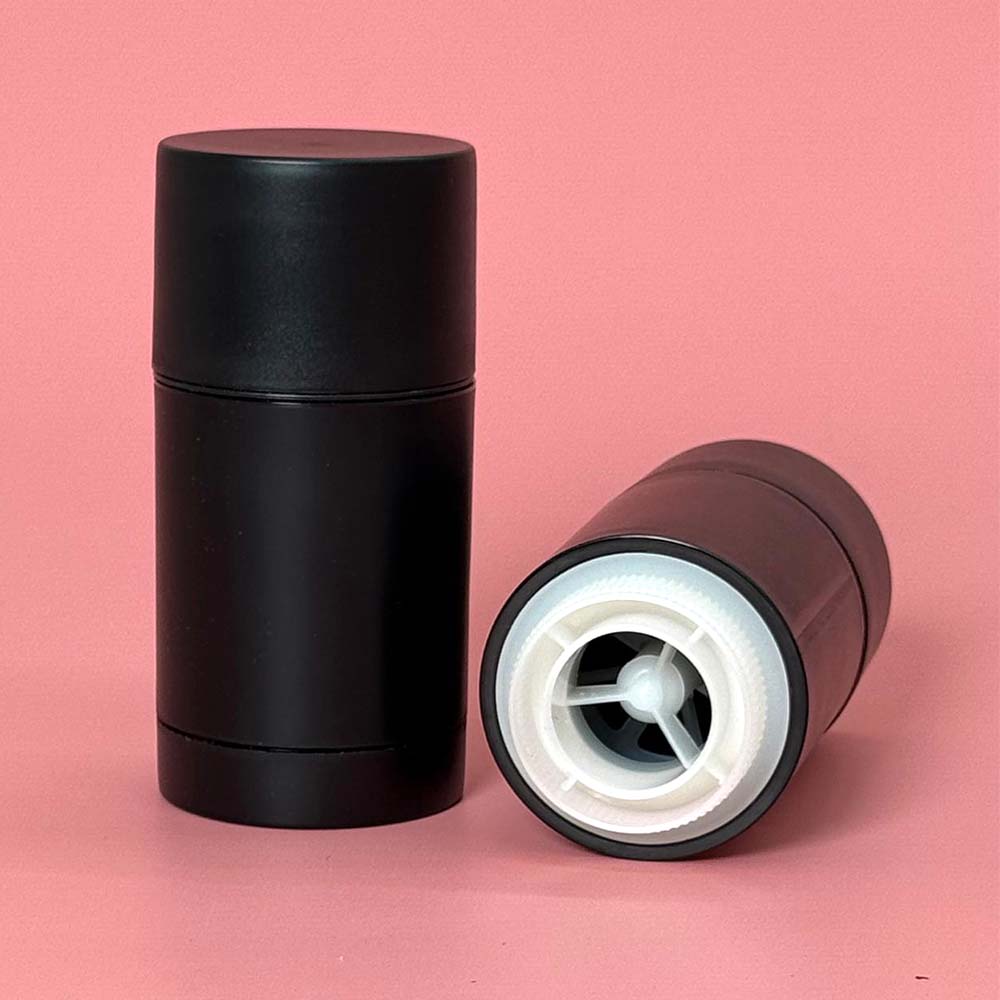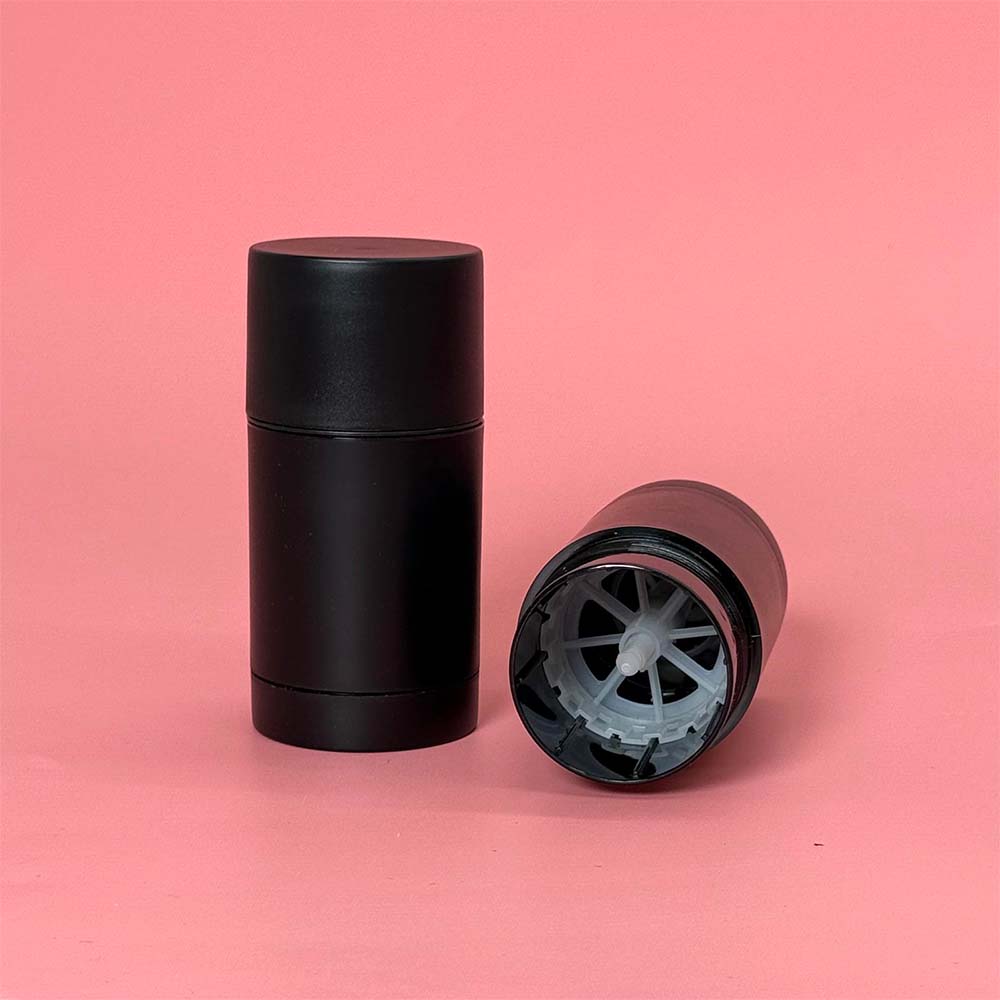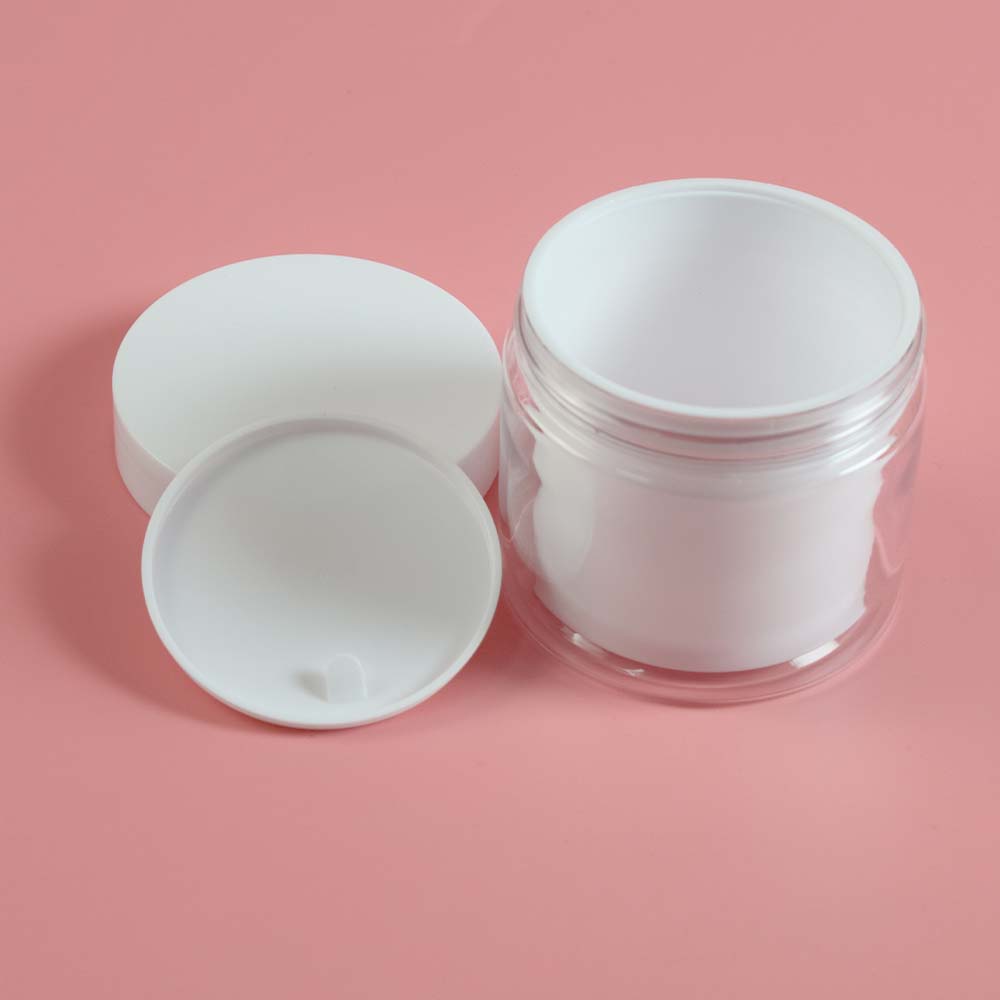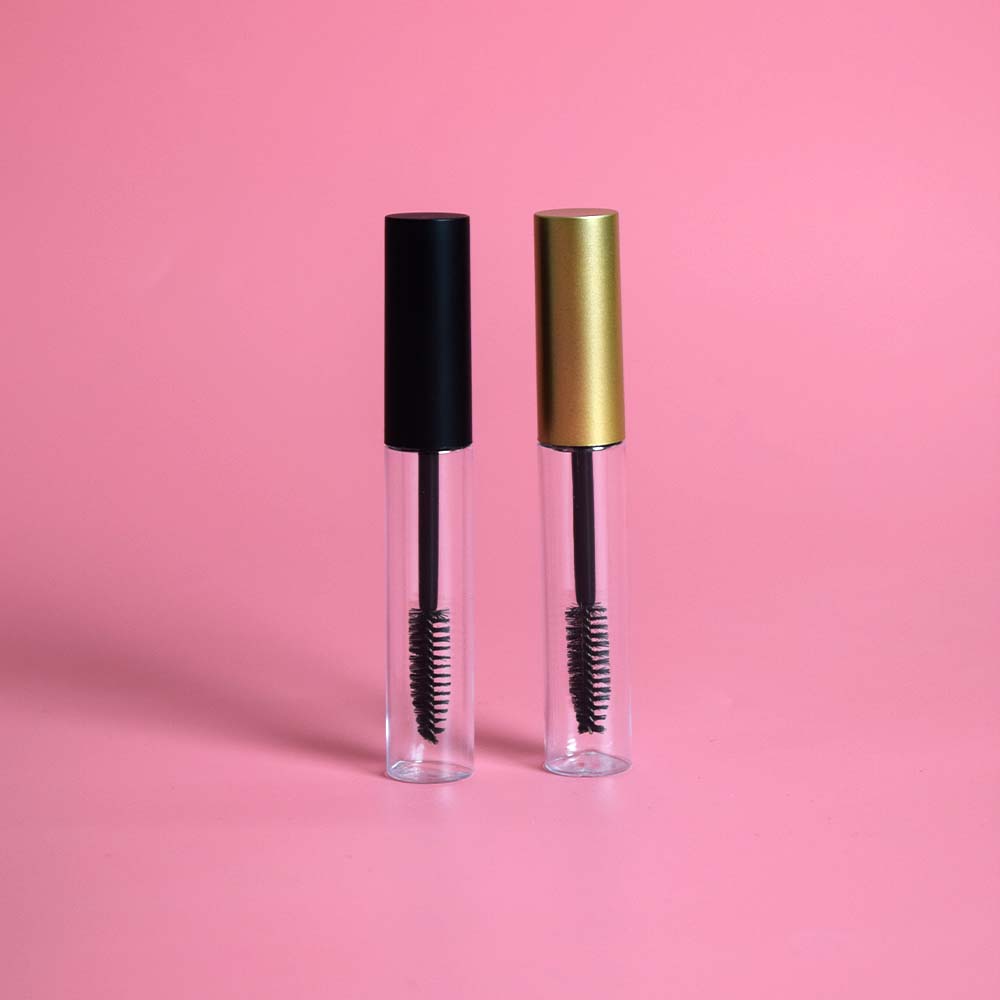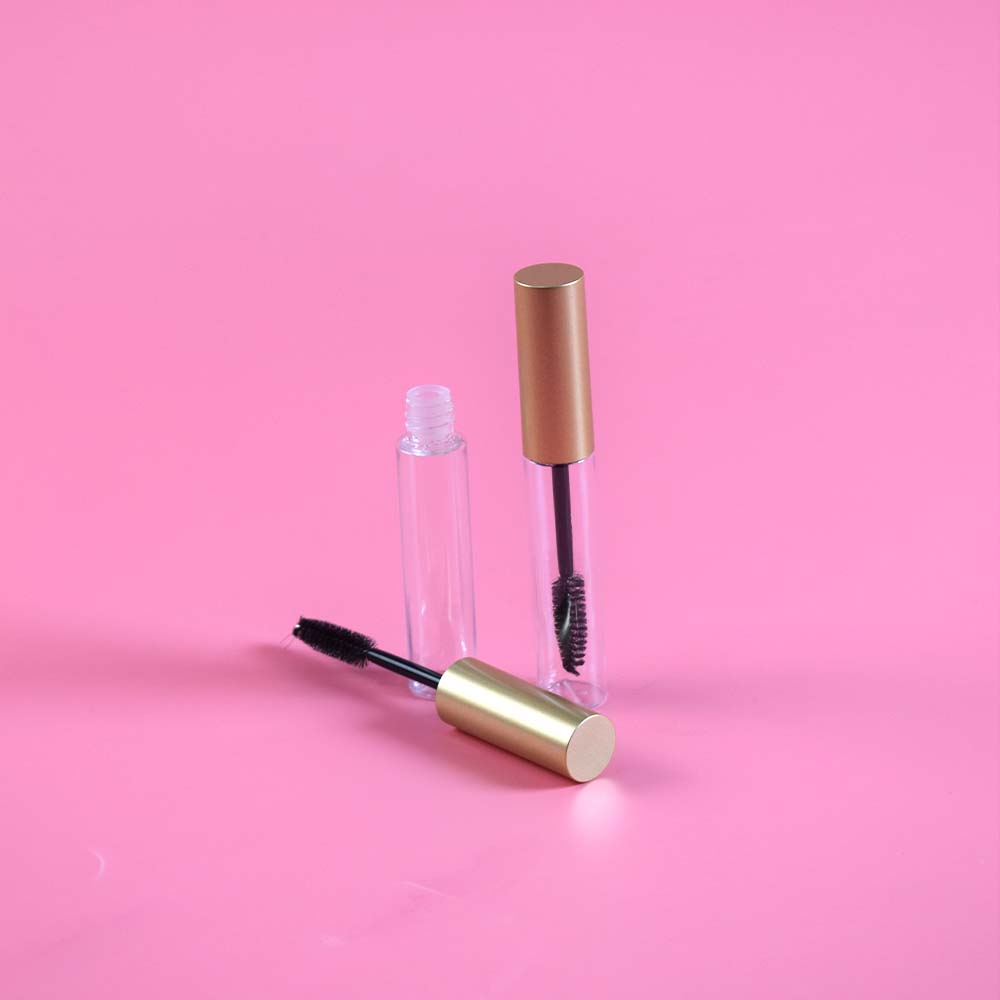الوصف
زيت بذور الخيار المعصور على البارد يُستخدم في منتجات التجميل لفوائده الجمالية. إليك بعض الاستخدامات المحتملة:
- ترطيب البشرة: يُضاف إلى كريمات الوجه واللوشن لترطيب البشرة وتحسين نعومتها.
- تهدئة البشرة: يُستخدم لتهدئة البشرة المتهيجة وتقليل الاحمرار.
- تغذية البشرة: يحتوي على الأحماض الدهنية الضرورية والفيتامينات، مما يُساهم في تغذية البشرة وتحسين مرونتها.
- تلميع الشعر: يُضاف إلى منتجات العناية بالشعر لتحسين لمعان ونعومة الشعر.
- تقليل الهالات السوداء: يمكن استخدامه حول منطقة العين للمساعدة في تقليل ظهور الهالات السوداء.
- مزيل المكياج: يمكن استخدامه كمزيل للمكياج بشكل لطيف على البشرة.
زيت بذور الخيار يُضيف فعالية إلى منتجات العناية بالجمال بفضل قدرته على ترطيب وتغذية البشرة والشعر.

